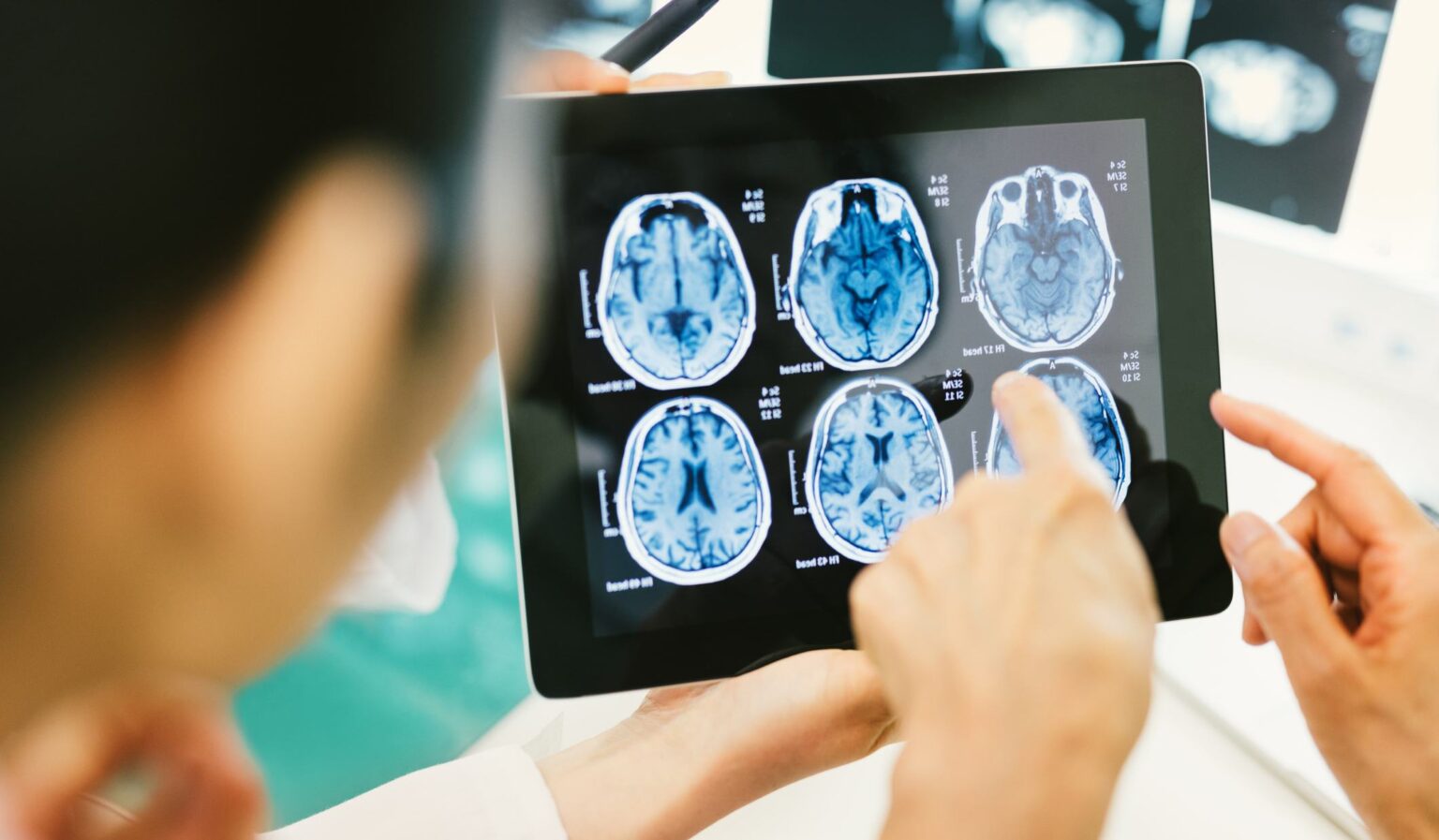
Degenerative Diseases & Preclinical Imaging: Better Diagnosis with MRI
Degenerative diseases pose significant challenges in healthcare, affecting millions of people worldwide. Timely and accurate diagnosis is crucial for effective management and treatment of these conditions. Preclinical imaging techniques, particularly magnetic resonance imaging (MRI), have emerged as powerful tools for understanding and diagnosing degenerative diseases in their early stages. In this article, we will explore the role of MRI in the detection and characterization of degenerative diseases, highlighting its potential for improving diagnosis and facilitating early interventions.
Understanding Degenerative Diseases
Degenerative diseases are characterized by the progressive deterioration of tissues or organs over time. Conditions such as Alzheimer’s disease, Parkinson’s disease, multiple sclerosis, and amyotrophic lateral sclerosis (ALS) fall under the umbrella of degenerative diseases. These conditions often manifest with subtle symptoms in the early stages, making accurate diagnosis challenging. However, advances in medical imaging, particularly MRI, have revolutionized our ability to detect and monitor degenerative diseases.
The Power of Preclinical Imaging
Preclinical imaging involves the use of imaging techniques in laboratory animals to study disease mechanisms, develop new therapies, and assess treatment efficacy. In the context of degenerative diseases, preclinical imaging allows researchers to mimic disease progression in animal models and investigate potential therapeutic interventions. MRI, as a non-invasive imaging modality, offers several advantages in preclinical research.
1. High Spatial Resolution:
MRI provides excellent spatial resolution, allowing researchers to visualize and analyze fine anatomical structures and pathological changes in the brain, spinal cord, and other target regions. This level of detail is crucial for accurately assessing disease progression and evaluating the effectiveness of therapeutic interventions.
2. Multi-Parametric Imaging:
MRI offers a wide range of imaging sequences and contrasts that can provide valuable information about tissue composition, microstructural changes, and functional abnormalities associated with degenerative diseases. By combining different MRI techniques, such as T1-weighted, T2-weighted, diffusion-weighted, and functional MRI, researchers can obtain a comprehensive understanding of disease pathology.
3. Longitudinal Studies:
Degenerative diseases are characterized by progressive changes over time. MRI enables longitudinal studies, allowing researchers to track disease progression in animal models over weeks, months, or even years. This longitudinal assessment provides valuable insights into disease mechanisms, treatment efficacy, and potential biomarkers for early detection.
Improving Diagnosis with MRI
The application of MRI in preclinical research has significant implications for improving the diagnosis of degenerative diseases in humans. By translating findings from animal models to clinical settings, MRI can enhance our understanding of disease processes and contribute to earlier and more accurate diagnoses. Here are some key benefits of using MRI for diagnosing degenerative diseases:
1. Early Detection:
MRI’s sensitivity to subtle structural and functional changes enables the identification of degenerative disease markers in their early stages. This early detection can lead to timely interventions and potential disease-modifying treatments, ultimately improving patient outcomes.
2. Differential Diagnosis:
Many degenerative diseases share common clinical features, making it challenging to differentiate between them. MRI’s ability to visualize specific pathological changes and assess different brain regions can aid in distinguishing between various degenerative conditions, ensuring accurate diagnoses and appropriate treatment plans.
3. Treatment Monitoring:
MRI provides a non-invasive and objective means of monitoring disease progression and treatment response in degenerative diseases. By conducting serial MRI scans, clinicians can assess the effectiveness of interventions, adjust treatment strategies accordingly, and optimize patient care.
Conclusion:
MRI has emerged as a powerful tool in the diagnosis and management of degenerative diseases. Preclinical imaging using MRI in animal models helps researchers understand disease mechanisms, develop therapies, and assess treatment efficacy. By translating these findings to clinical practice, MRI enables early detection, differential diagnosis, and treatment monitoring in patients. As technology continues to advance, MRI holds great promise for improving our understanding of degenerative diseases, facilitating early interventions, and ultimately enhancing patient outcomes in the field of neurodegeneration.







